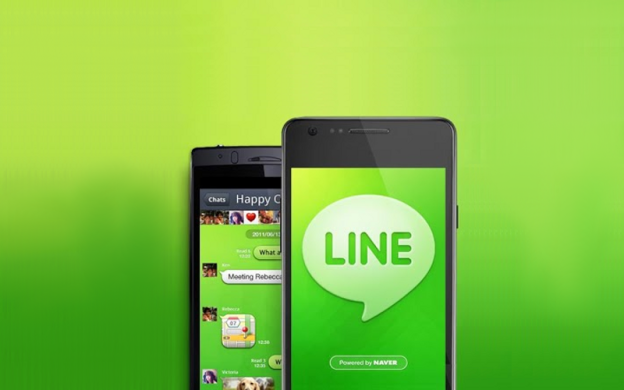
LINE has every reason to celebrate. The messaging – ahem, lifestyle app – is growing rapidly and picking up users from all over the globe: NHN, the parent company that owns LINE, announced that it has just passed 150 million registered users.
The messaging app released in June 2011, is competitive with the likes of Tango, Nimbuzz, Whatsapp, KakaoTalk, and nipping on the heels of WeChat, which is arguably the leader if you look at registered users with over 300 million users last we heard. In just a span of 19 months (by January 2013) the app reached the 100 million user milestone. As a point of comparison, Twitter reached 100 million users back in September 2011, but getting there took nearly five years.
When we last spoke in depth with LINE CEO Jeanie Han earlier this year, she clued us into how LINE was doing and where the company’s focus was. She told us that the U.S. and Latin America were LINE’s priority, but added that surprisingly LINE was being picked up rapidly in Spain. In an update, LINE says that Spain alone accounted for as many as 10 million if its users. In the United States, we were told earlier this year that LINE had approximately 6 million users. Of course with a marketing push in the states in full gear, that number has undoubtedly grown.
As for LINE’s gaming aspect – the app has released a total of 24 in-app and standalone games like LINE Play so far – it accounts for a significant chunk of LINE’s bottom line (pardon the unintentional pun). LINE reveals that its games have reached over 100 million users as of March 2013. Its other revenue sources come from stickers and official brand-owned or celebrity channels.
While LINE has always kept a tight lid on its revenue, App Annie’s last report on LINE from December 2012, LINE was topping the chart as the “Top Non-Game Apps by Monthly Revenue” in both the iTunes and Google Play store. Its Index’s latest data suggests that the app is the 11th top grossing social media app on iTunes, and that rank hasn’t really fluctuated more than a couple of spots during the last several months.
Editors' Recommendations
- Judge rules that U.S. government can’t force WeChat off app stores
- WeChat users file lawsuit against Trump’s unclear order to ban app in U.S.
- WhatsApp says Google no longer indexes Click to Chat users’ phone numbers


